How can you protect your supercharged, 600+hp mustang in the winter? I did some research on what the warning in the manual for 25F actually means!
Daily driving a Coyote Mustang has been one of the best experiences, especially after I lucked into a used Paxton supercharger kit. Driving 635hp every day has been amazing.
Can you drive a Paxton or Vortech supercharged car in cold weather? As long as you take some prudent steps and acknowledge that your car operates under special circumstances with specially built components, you won’t have any problems. “Racecar problems,” my friend!
I did a lot of research and read the manual cover to cover before I had Drew install it for me. One of the things that stick out in the manual is a huge, bolded warning:
“Important Cold Weather Information! In order to achieve the low noise level of Paxton superchargers, Paxton specifies manufacturing procedures that call for minimal internal clearance. Those precise tolerances, however, are not conducive to temperatures below 25 degrees F. Therefore, starting the vehicle in a heated garage and/or employing the use of an engine block heater/aftermarket engine blanket is required when the vehicle is subject to a ‘cold start’ in ambient temperatures below 25 degrees F. Failure to comply with this may result in immediate supercharger failure and invalidate the supercharger warranty.”
Huh. The last thing that I wanted to do was have to garage my car in the cold, bitter winter of Chicago. I bought the car to drive it not be a garage queen. But…
I’ve driven my Paxton and three Chicago winters so far, about 15,000 miles worth. Here’s what I do to make sure that I’m limiting my risk when driving in cold weather.
Best Practices and Care for Your Supercharger in Cold Weather
The best thing that you can do for your Paxton Mustang in cold weather is to let it warm up. If it’s cold out and you’re on your way to work in the morning, start your car up, and let it run for a few minutes to get up to operating temperature. Letting your car idle for a few minutes isn’t a bad idea and getting some heat under the hood will warm your supercharger.
Even though my car isn’t a garage queen, I do park it in the garage. When I go out to start up in the morning, it’s never any colder than about 35 in there. If you have the luxury of a garage, heated or otherwise, this will make a big difference.
If I’m starting my car up twice a day, once to go to work and once to come back from work, half of those times are above Paxton’s warning. Less stress on the unit overall means a longer life.
I also generally try to keep the RPMs below 3000 when I have my winter tires on. There’s really no reason or even the ability to go fast in the winter, especially on the street. Since boost comes on around 3500 RPM, the unit is being stressed all that much. This gives it the opportunity to move the oil around a little bit to the areas that it didn’t get while idling.
To learn more about the preparations I make for winter driving in my Mustang, look here: Can You Drive a Mustang GT in the Winter?
What the Paxton Cold Weather Warning Means
Things that are warm expand and things that are
The colder it gets, the smaller the clearances will get. If the clearances get to zero, there isn’t any room for the parts to move and therefore binding occurs. The unit will theoretically grenade itself. The impeller will get all mangled and it won’t be able to compress any air again.
This definitely sounds scary. I was legitimately concerned about it, but I googled around and I couldn’t really find any examples of this ever happening to anyone. The one example I did find was from a gentleman in Canada who claimed that the temperature got to -40° and his unit came apart. He sent it back to Paxton under warranty and they fixed it.
However, this was back in 1999. Things have certainly changed since then, especially considering lubricants. Plus, I don’t know about you but if it’s -40° outside, I’m not going anywhere in any vehicle unless it’s life or death.
Essentially, there are two separate things that Paxton could be worried about. First, the housing could shrink enough to impede the impeller (see what I did there?) and prevent it from moving. The second is that oil is not getting to the parts that it needs to get to. Since there are a few different conditions that affect oil, see below.
Paxton May Be Concerned About Warranty Coverage
The Paxton warranty is really the issue here, I think. Imagine if there was a cold snap and Paxton had not warned people that this was a concern with their design. They will be obligated to fix everybody’s unit on their dime, probably like they did back in 1999. I’m sure that was not a cheap winter for them.
Now, instead of having to foot the bill if it gets too cold outside, they simply add a few lines in their manual and they can walk away. I think that’s fairly standard business practice to cover their rear end. I’m not very surprised.
Additionally, if the temperature ever reaches that level and the unit fails, they also have an out. They can claim that it wasn’t their design that failed, it was just the cold weather (and they warned you!)
Self Lubricating Designs and Cold Weather
My unit is the Paxton 2200 SL. SL means self-lubricating. The oil is within the unit itself and it doesn’t use any feedline from the oil pan. Since the oil is already there, I don’t have to worry about it making its way from the oil pan to the unit. The gears are just generally sitting in a pool of oil at all times.
If you have a self-lubricating unit I should change your oil regularly. Paxton recommends every six months. The oil change isn’t especially cheap considering the amount of oil you get from Paxton, but old oil will make a difference here. Don’t forget about it!
Remote Lubricated Designs and Cold Weather
If you have a unit that uses an oil line that is tapped into the oil pan, you don’t have to worry about any oil changes, heating up your car is a must in this case.
Cold, thick oil is going to have a harder time moving through the oil line to the supercharger. If I were you I would definitely spend five extra minutes per day heating up my car before going I go anywhere.
Should You Use an Engine Block Heater for Your Supercharger?
The Paxton manual recommends using an engine block heater. Believe it or not, I actually have one. My car is a “Michigan car”. Evidently, all the cars designed to work in Michigan need to have engine block heaters.
I’ve never used it. I could, I guess, but letting the car sit and idle for five minutes does the trick. Maybe I’ll give it a try when it gets to be -40°!
Related Questions
What kind of oil do you use in your Paxton supercharger? I get the kind that Paxton sells on their website because I’m lazy and you can’t really go wrong with what the manufacturer recommends.
How often do you need to change the oil in your supercharger? Action recommends every six months. I generally try to change the oil at the same time that I change the engine oil.
Mustang GT Weight Compared and Explained
The weight of a Mustang GT varies by model, options, and year. Since managing weight is so important, here is a master list of all the Mustang model years and their gross weight. In an effort to measure similar models, only the estimated equivalent of the Mustang GT,...
read moreHow to Make Your Mustang GT Exhaust Crackle and Pop
An exhaust that crackles and pops is one of the best parts about driving a Mustang. Having an exhaust that leaves a thick, throaty burble in its wake is a touchstone of American muscle cars and hot rods making big power. What’s the easiest way to get your exhaust to...
read moreWhat Does an Anti-Roll Bar Do for an S197 Mustang?
Anti-roll bars are a common upgrade for S197s to improve affect handling. I did some research to figure out the difference between the models out there. What does an anti-roll bar do for an S197 Mustang? Anti-roll bars, or sway bars, prevent the body of the car from...
read more
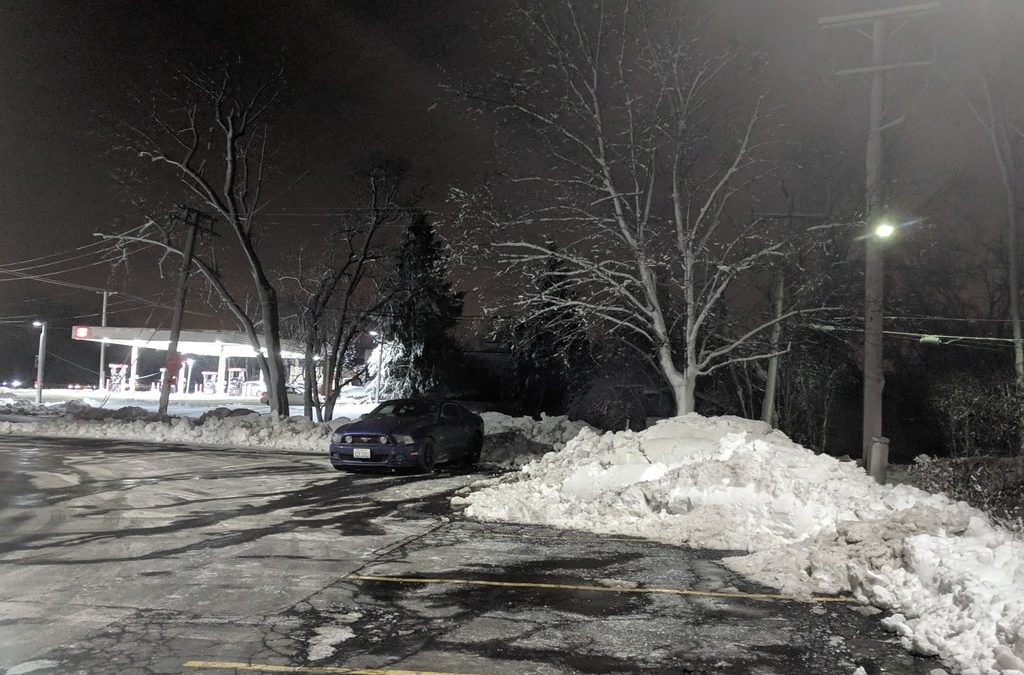
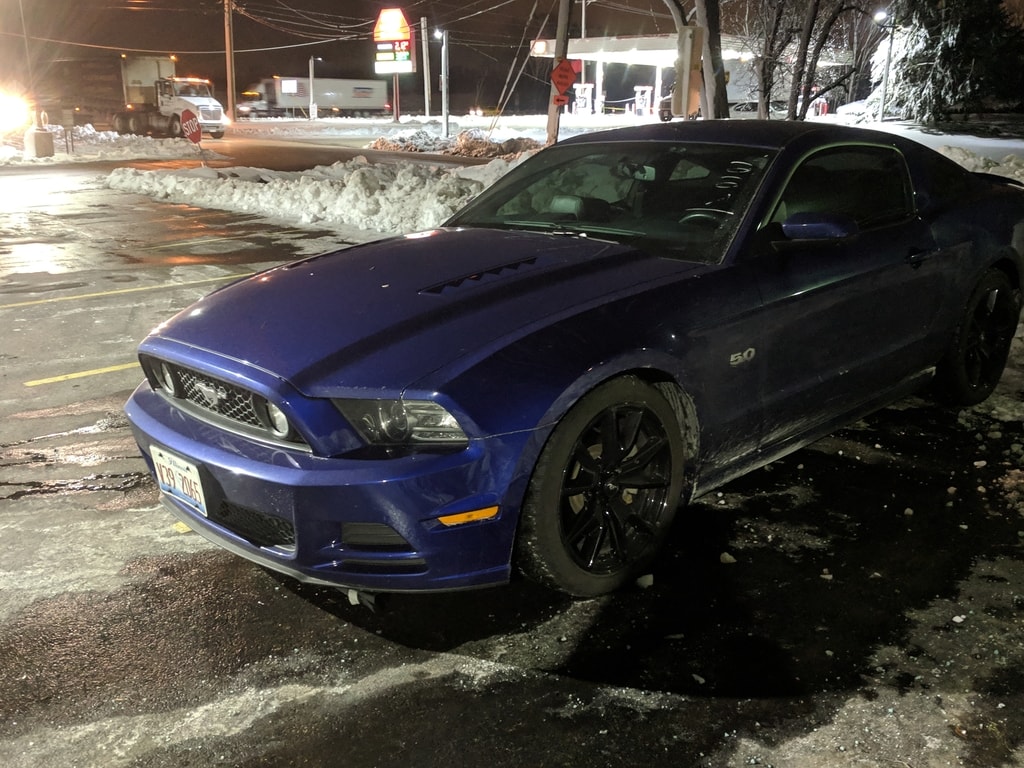
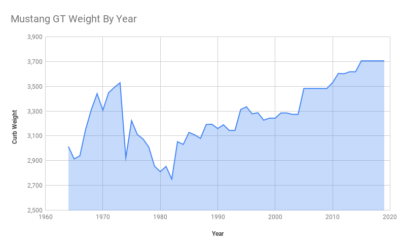
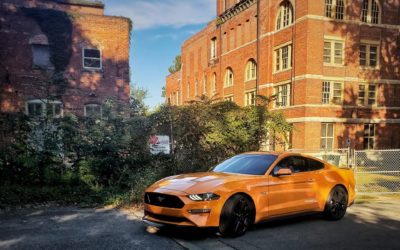
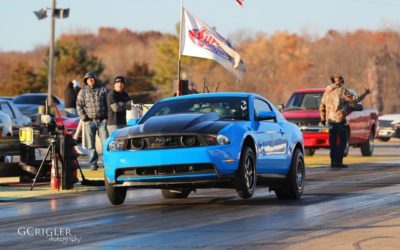
Recent Comments